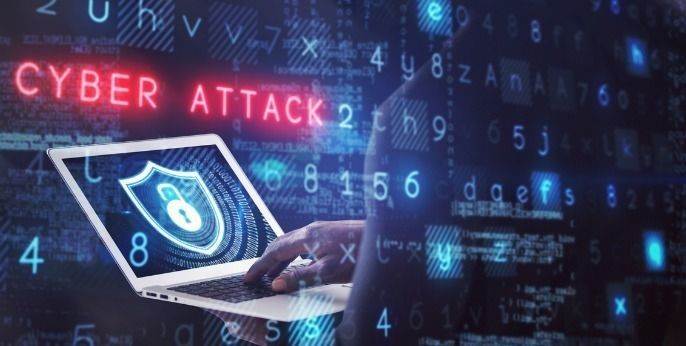
How to Get Rid of Malware
The number of viruses is constantly growing; according to www.statista.com, there were over 12 billion cyber attacks in 2018. Here's how you can get rid of that pesky malware.

The first option is to download and install a good security suite, and then disinfect your system. Actually, no antivirus has a real-life virus detection rate of 100%, so you should install at least two different applications. However, most antiviruses can't coexist, because their processes tent to interfere with each other. So, be sure to install the first security suite, run a scan, and then delete the infected files. Uninstall the first antivirus, install the second one, and then repeat the process.
The good news is that you won't have to pay for those security suites; most antivirus manufacturers provide live/bootable CD images, which can be replicated on regular compact disks, DVDs and even memory sticks, and then can run from there. Once that the antivirus has loaded in the memory -- often displaying a DOS-like user interface -- it will download the latest virus definitions from its maker's server, and then it will start scanning your computer.
A full system scan can take many hours -- sometimes even a few days! -- and shouldn't be interrupted. Once that the antivirus has finished the scan, delete the infected items, restart the PC, and then run a full system scan once again. Some viruses work in tandem, trying -- and often time managing -- to trick most computer security suites. Once that a virus is gone, the other one may be exposed, so scanning the system twice with the same antivirus makes sense.
Some malware pieces are almost impossible to remove; they may be detected by your security suite, though. To fix this issue, google "computer security forum", and then try to discover the existing solutions to your problem. Often times, talented programmers code small utilities that can deal with stubborn viruses as well.
If all these things fail to provide the expected results, you may need to reset your computer. Windows includes a handy "system restore" option, which can help you get rid of viruses, provided that it has saved a clean copy of the OS in the recent past. Microsoft's operating system creates snapshots of your files and registry settings; the default backup frequency is once per week. System restores are also created automatically before installing a major Windows update, and so on.
Don't ever confuse system restore and backups. The first option allows you to save virus-free Windows OS snapshots, while backups may include all the other files on all your hard drives. So, by restoring the operating system, you may get Windows to run fine, but the other files that have been deleted or encrypted won't be available. This is why it's crucial to back up all your devices on a regular basis.
If system restore works for you, don't forget to run a rootkit scanner application as well. Rootkits can intercept OS calls, thus being able to bypass most security suites. Hackers use them to gain access to computers, and the install other malware pieces remotely.
The last malware removal solution is the most extreme, and implies a full computer reset. Windows 10 incorporates a "Reset this PC" feature, which can be found in "System settings". If you choose this option, the program will remove all the applications and files installed on your PC, and then it will reinstall Windows. It may take you a lot of time to restore the computer to its previous state, but if you've got backup copies of all your programs and data, this is by far the safest option.